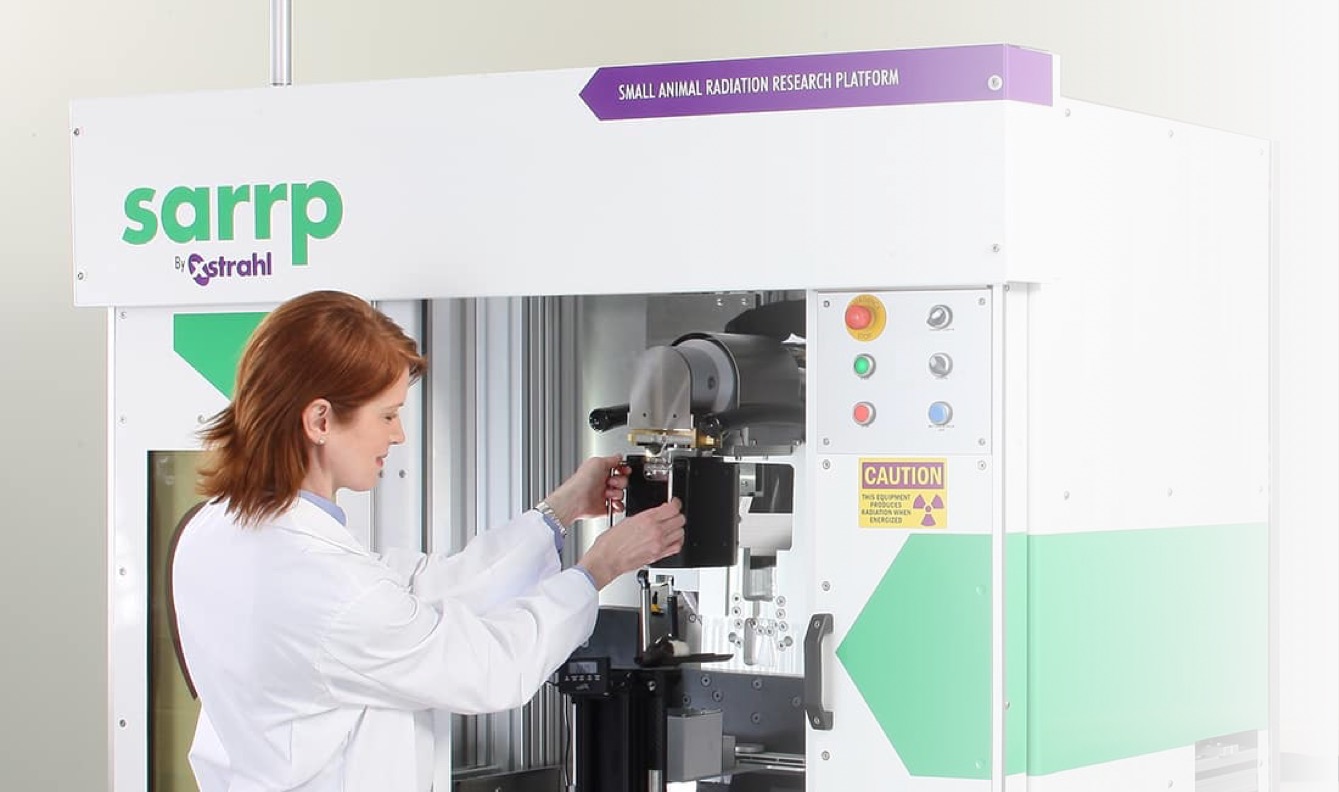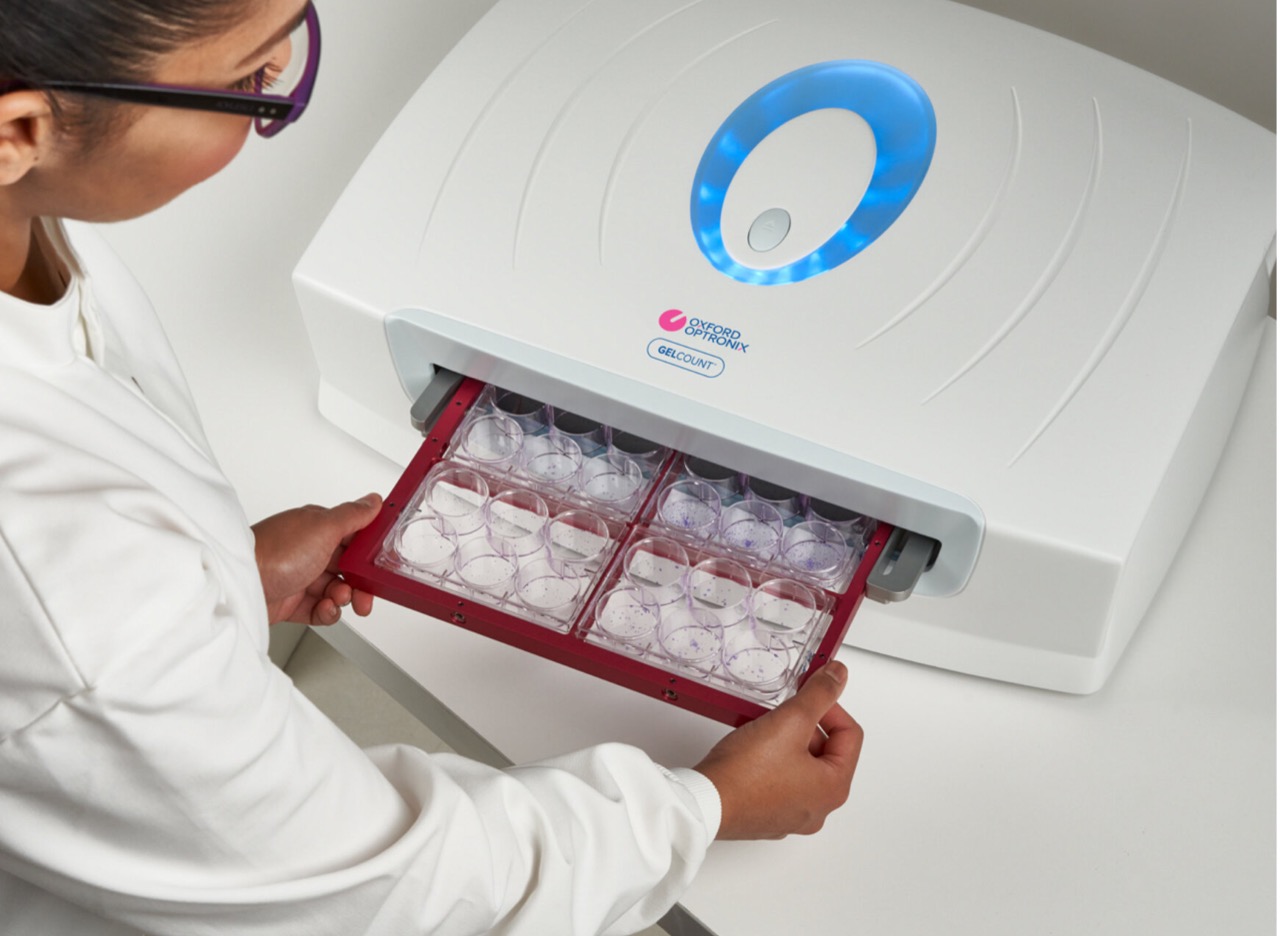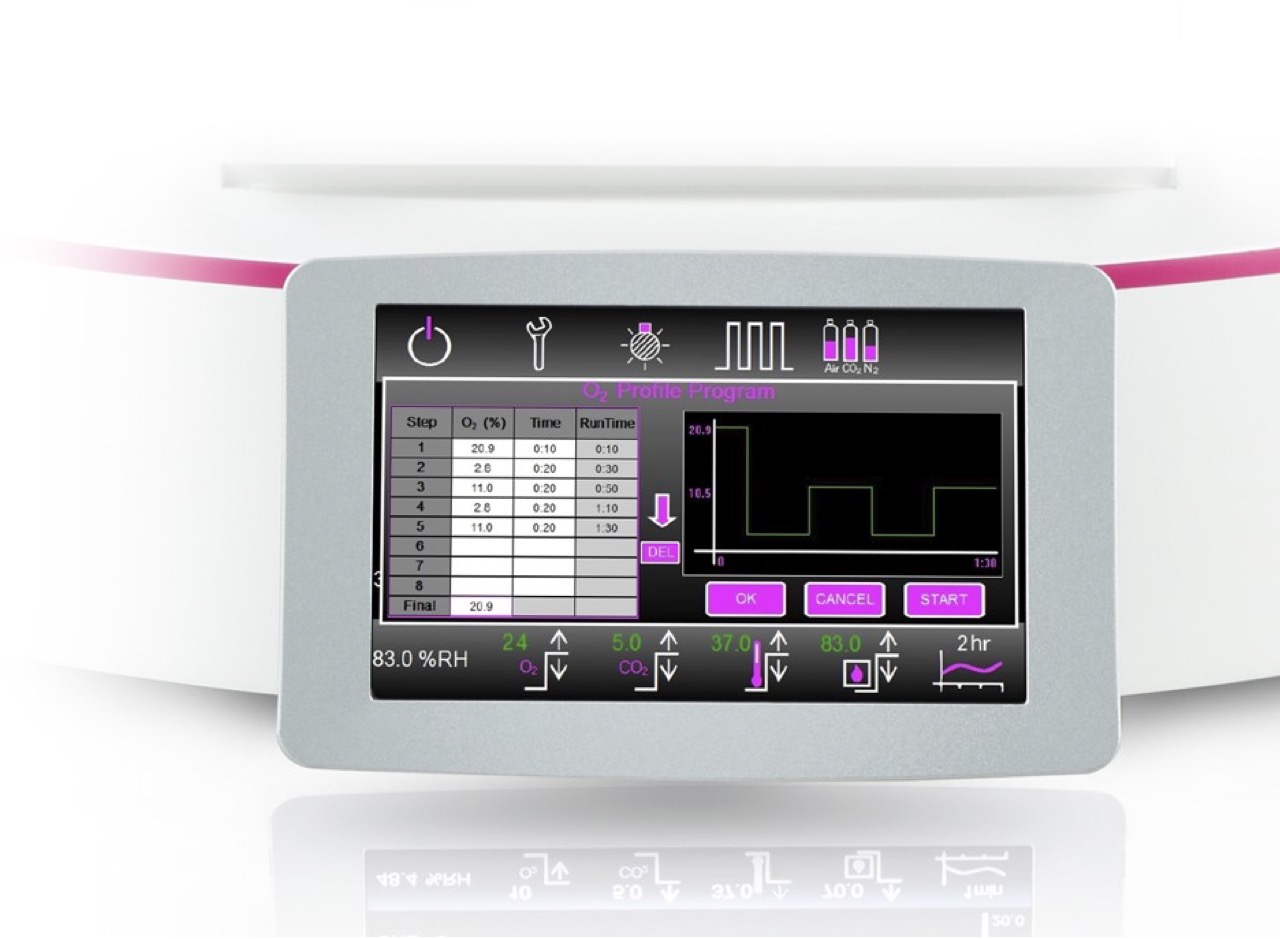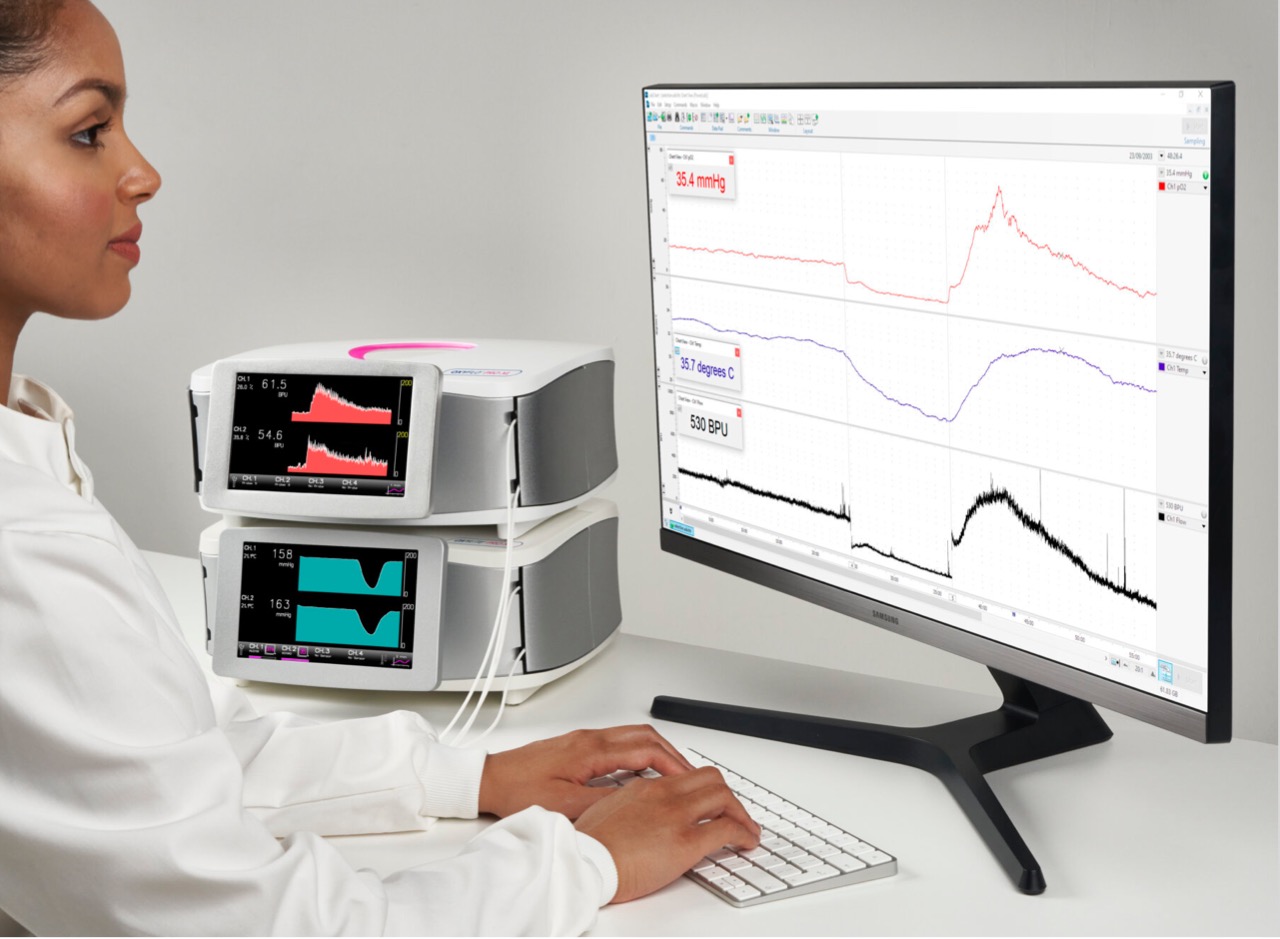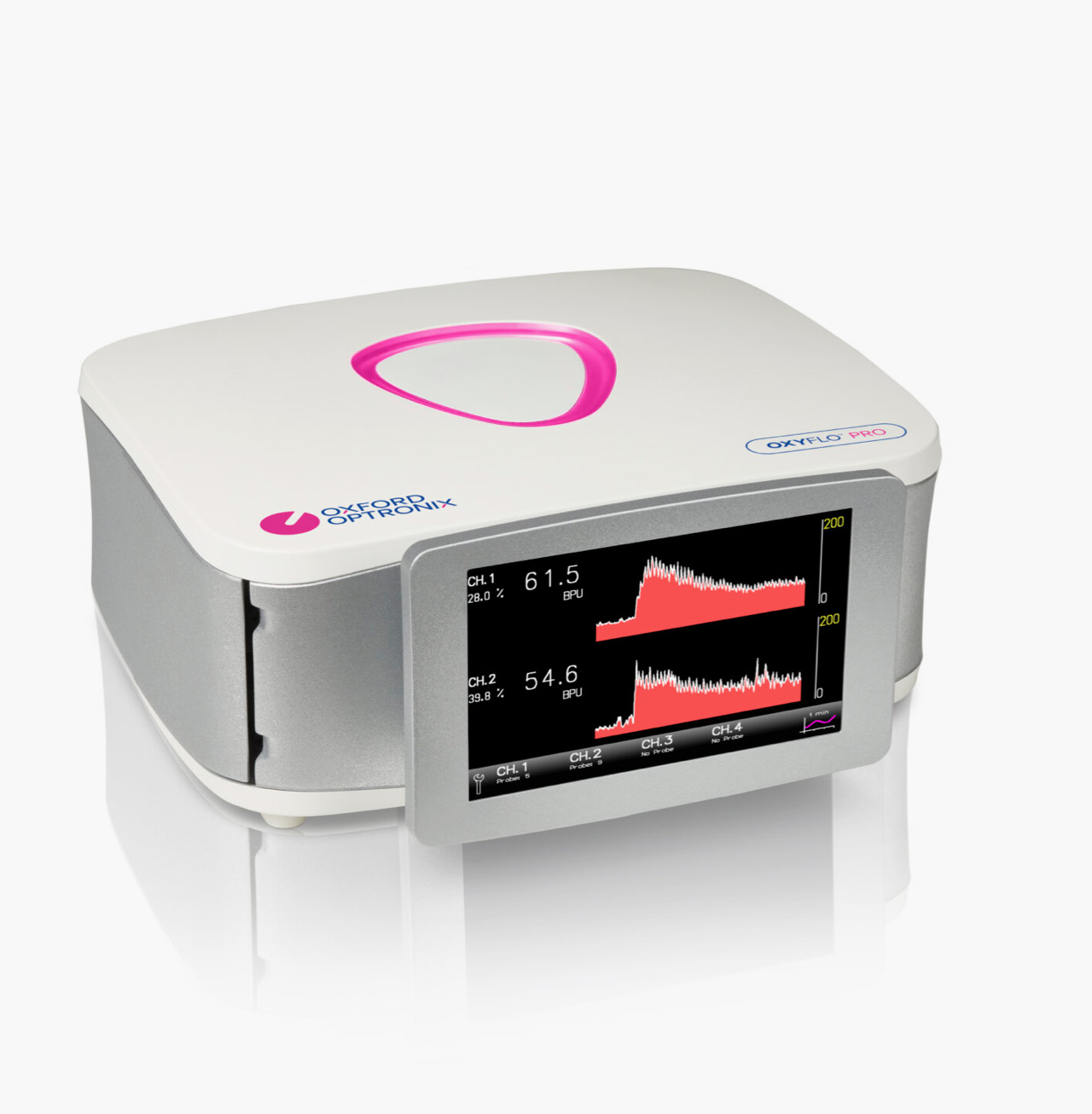Background
The National Cancer Center (NCC) reports nationwide cancer incidence and mortality statistics annually using population-based cancer registration data from all available cancer registries in China. In 2016, a total of 487 registries reported high-quality data on cancer incidence and mortality across China. In 2016, about 4,064,000 new cases of cancer incidence and 2,413,500 new cases of cancer mortality occurred in China. According to the latest global cancer burden data released by the International Agency for Research on Cancer (IARC) in 2020, China has become a veritable "large cancer country". Cancer remains a major public health issue in China. Integrating cancer research, prevention and therapeutic intervention into health programs will help reduce the future cancer burden, while promoting the development of innovative anti-cancer drugs to protect people's health.
The 2019 Nobel Prize in Physiology or Medicine was awarded to William G. Kaelin Jr., Sir Peter J. Ratcliffe and Gregg L. Semenza for discovering how cells use molecular mechanisms to sense and adapt to different oxygen concentrations, laying the foundation for how oxygen concentrations affect cell physiology, and recognizing new opportunities for the treatment of diseases such as cancer and inflammation.
"Future advances in the technology of small animal microirradiator imaging and treatment planning, including the ability not only to define an isocenter but also to contour tumor volumes accurately using onboard imaging, will result in further improvements. The future of clinically relevant preclinical irradiation studies has never looked brighter."
— Perelman School of Medicine, University of Pennsylvania, United States
Applications
Fully automated mammalian cell colony, spheroid and organoid counters
Tissue oxygen partial pressure and blood perfusion monitoring
To simulate cell survival conditions in vivo, realizing continuous hypoxic environment, culture, manipulation and observation in one workstation
To extend preclinical translational research to precision radiotherapy
Experimental Platform
SARRP (Small Animal Radiation Research Platform) is a versatile and multifunctional radiation therapy platform that is highly suitable for small animal research. With its high-resolution CT imaging, dynamic bed, and gantry motion, SARRP provides assistance for both simple and complex arc treatments. Its intuitive treatment planning software and expert customer support make it superior to other similar systems. The radiation platform supports single or multiple animal studies, and its CT field of view can generate images of up to five animals at multiple isocenters based on the target.
SARRP has revolutionized the way researchers approach radiation therapy studies in small animals. By delivering highly conformal radiation to preclinical models, it brings the precision, accuracy, and repeatability of clinical radiation therapy to translational research. Developed by expert physicists and engineers at Johns Hopkins University, this platform has been installed in nearly 100 research institutions worldwide, including academic institutions, research hospitals, and CROs, helping researchers successfully conduct image-guided studies. Currently, over 85% of published research is conducted using SARRP.
Small Animal Radiation Research Platform

Stereotactic imaging using X-ray fluoroscopy;
Dual exposure for precise targeting and positioning;
Treatment calculations using point dosimetry calculators;
Highly scalable platform configurable to specific needs.

High-resolution cone-beam CT imaging;
In-house Monte Carlo and fast superposition convolution;
Precise radiation delivery for comprehensive clinical relevance;
Compliant with international radiation safety standards such as IRR17, NFC 74, and CFR1020.40;
Rich expansion modules providing a wide range of radiation research solutions.

FLASH instant high-dose radiation therapy;
Lab-based solution without the need for large accelerators;
Negligible lateral scatter, avoiding penumbra;
Cabinet-based and image-guided configurations available to meet research needs.
Function & Features
High-resolution cone-beam imaging (CBCT) for rapid image generation;
Efficient reconstruction of animal models with Murislice CT;
Fusion with PET and MRI for additional contrast/functional imaging;
MuriGlo bioluminescence (BLI) technology to identify labeled targets and critical organs;
Facilitates tumor and tissue identification for targeted treatment and planning.

Determination of isocenter position/beam location;
Addition of beams and/or arcs (beam size, beam number, beam angle/direction);
Evaluation of dose distribution - isodose maps, DVH, and dose lines;
Muriplan Dose treatment planning software: dual-position convolution fast superposition convolution (SPC) and Monte Carlo (MC) dose algorithms.

SARRP gantry and specimen stage with laser calibration;
Positioning accuracy up to 0.02mm for optimal sample alignment;
Rotation capability in X, Y, Z axes, and support for θ isocenter rotation;
Customizable specimen stage compatible with mouse anesthesia; supports vertical irradiation and 5 mice bed.

High-density lead door for real-time observation of the internal environment under safe experimental conditions;
Safety design compliant with international radiation safety standards such as IRR17, NFC 74, and CFR1020.40;
Mechanical key and safety interlock design ensure safe operation in emergency situations.

The Colony Forming Assay and colony counting is universally recognized as the gold standard method for measuring the effects of radiation, chemotherapeutic drugs and other agents on mammalian cell viability.
However, manually counting the resulting cell colonies, spheroids or organoids is a thankless, laborious and time-limiting task in which consistent objectivity is difficult to achieve.
GelCount™ is an easy-to-use, PC software-operated colony counter that automates the detection, counting and analysis of mammalian cell colonies in multi-well plates, Petri dishes and T25 flasks. Colonies and cell types can be either adherent ('2D'), or non-adherent ('3D') seeded in semi-solid matrices or indeed suspension.
In the field of tissue culture, there is a rapidly growing appreciation that a physiological cellular oxygen environment is essential for the analysis of cellular processes with respect to function and metabolism.
Rising to this challenge, Oxford Optronix has developed the HypoxyLab™ - a fully-featured, ergonomically engineered and easy to use normoxia/hypoxia workstation that provides a HEPA-filtered environment in which oxygen, carbon dioxide, temperature and humidity can be precisely controlled.
In short, HypoxyLab™ is a compact hypoxia workstation and incubator for everyday use, suitable for applications including: Cancer, radiation, apoptosis cell biology, Multidisciplinary drug development and proteomics.
The survival of tissues and organs relies on an adequate supply of oxygen. The measurement of tissue oxygen tension (ptiO2) provides a direct measurement of the balance between oxygen supply (by the blood) and metabolic oxygen consumption (by the tissue), i.e. a readout of oxygen availability at the cellular level. This is in contrasts to spectroscopy (NIRS) techniques, which merely describe haemoglobin oxygenation status.
Since 1998, when Oxford Optronix pioneered the commercialization of fibre-optic oxygen micro-sensor technology, the OxyLite™ brand has become established the world over, boasting in excess of 500 peer-reviewed journal citations with hundreds of units sold worldwide.
Perfusion by blood provides tissues with vital oxygen and nutrients, while removing waste products and distributing signaling molecules around the organism. The measurement of microvascular blood perfusion provides researchers with critical information in a number of research applications where blood supply has been disrupted.
Our blood flow monitors will be of interest therefore to life scientists wishing to directly and continuously measure local microvascular blood perfusion in in vivo models of ischemia-related disorders.
Data Display
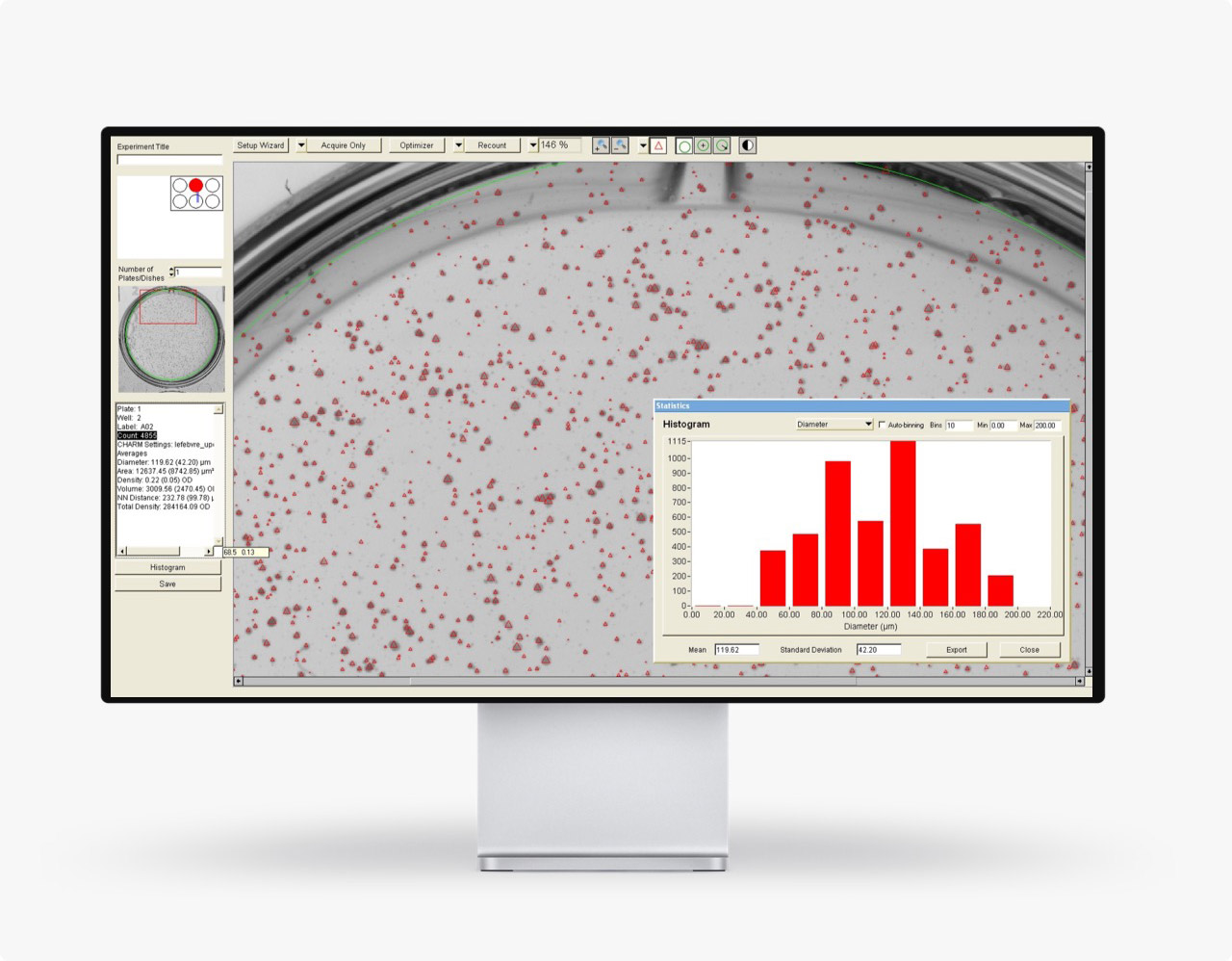
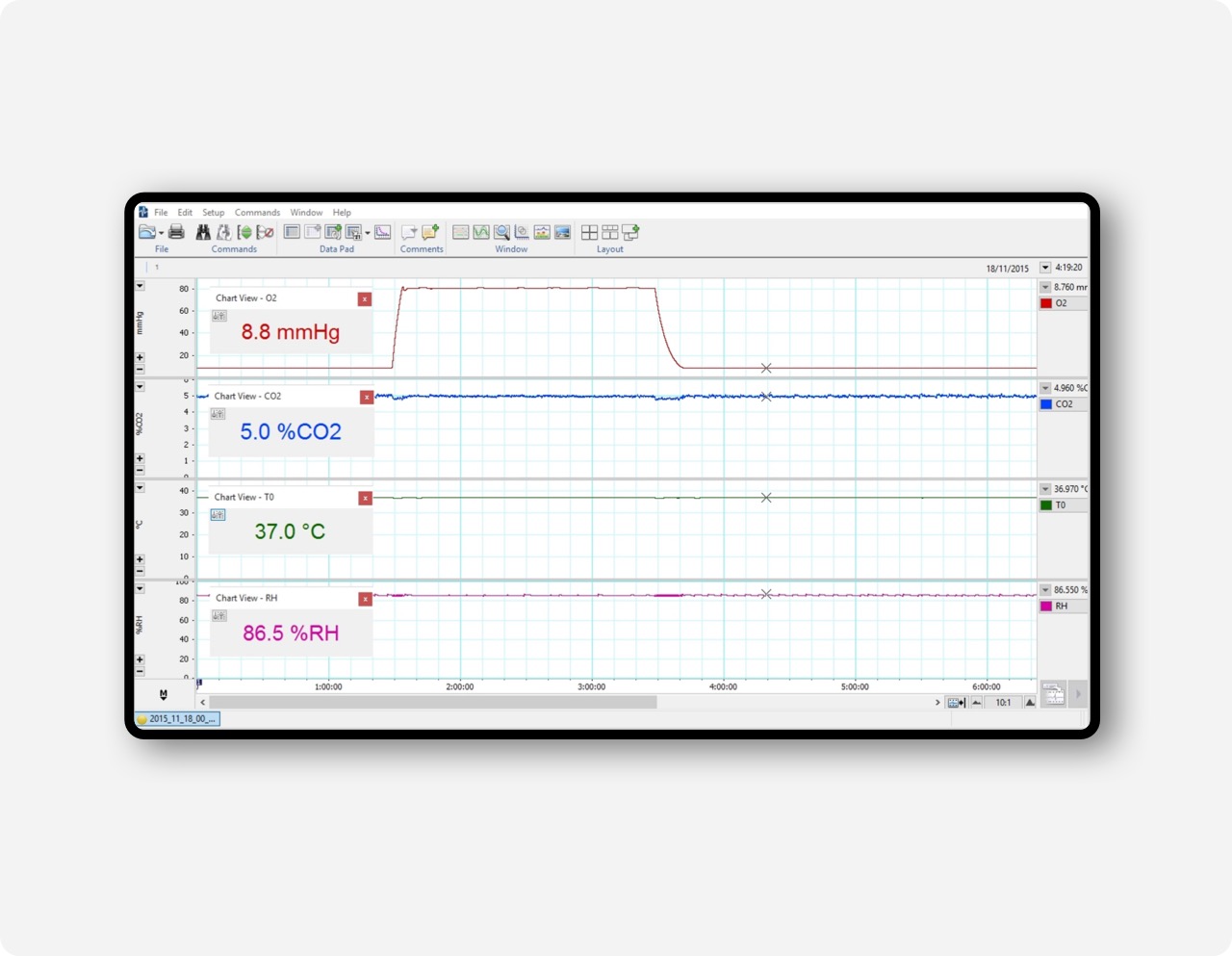
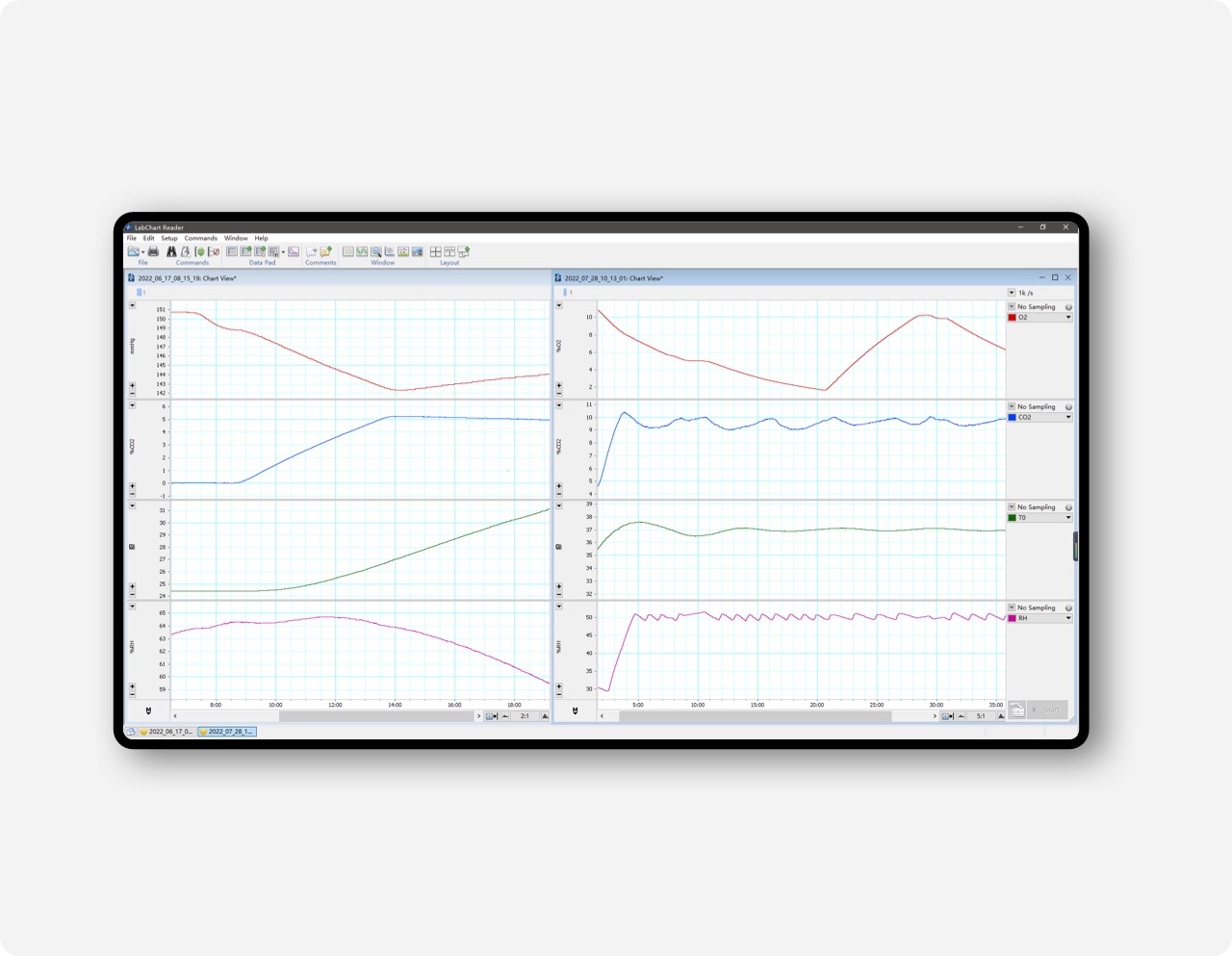
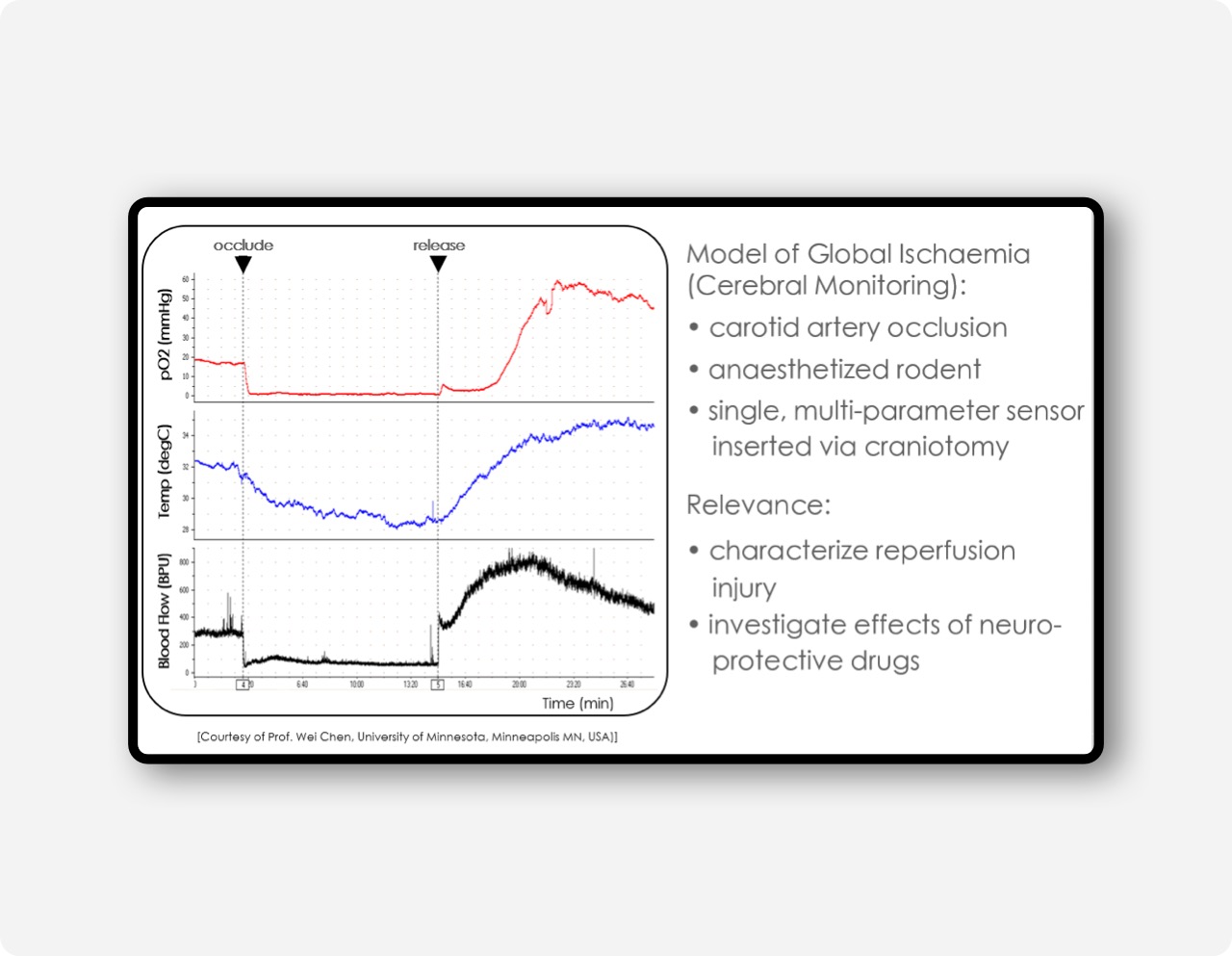
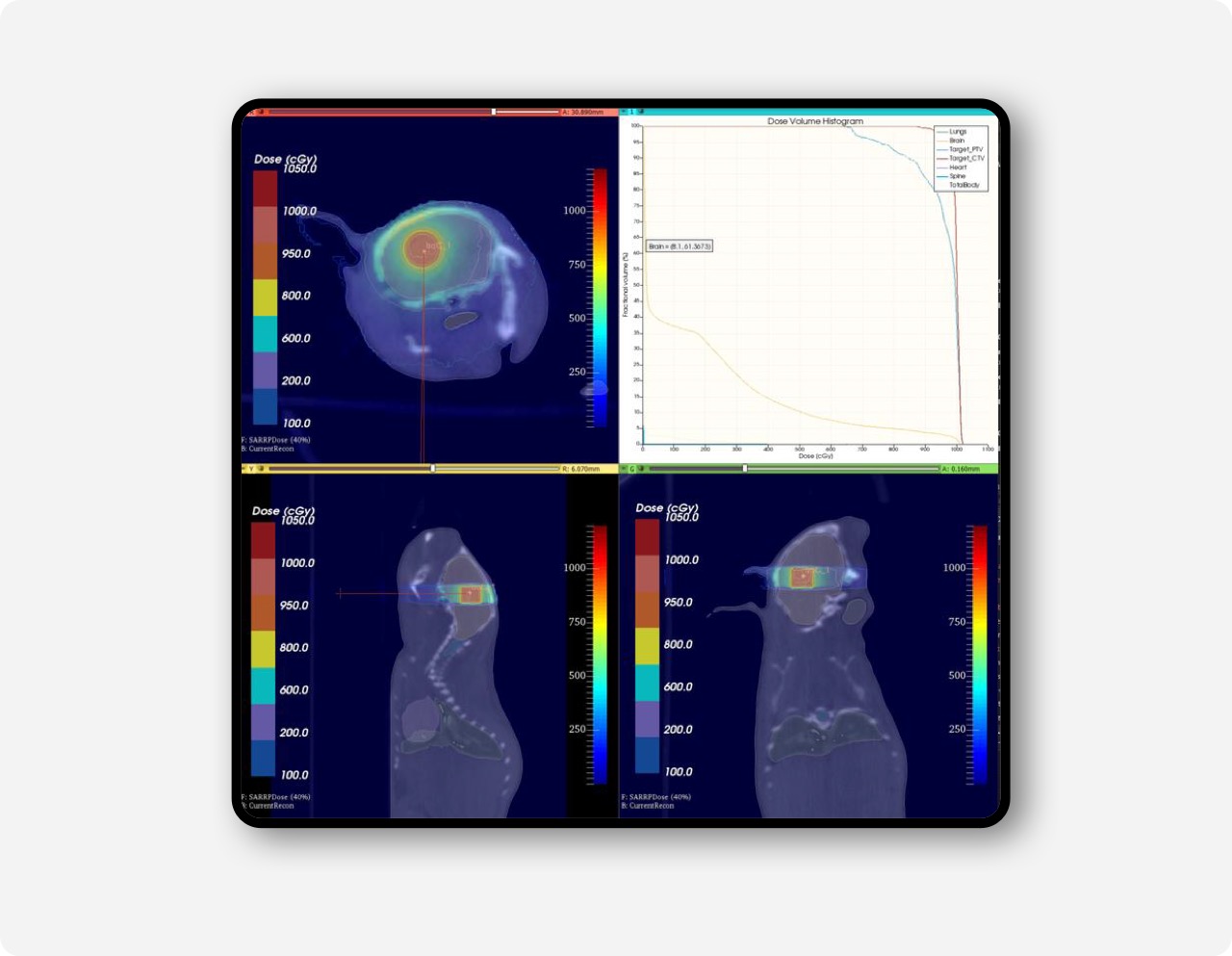
Testimonials
The irradiation devices developed by Xstrahl for radiobiological research, both in vitro and in vivo, certainly are of outstanding quality in this field of research… SARRP helps us to make our research more reliable and more clinically relevant. From my point of view, the customer service provided by Xstrahl is close to perfect.
The Optronix GelCount has been a fantastic addition to our laboratory setup, allowing rapid and efficient counting of clonogenic assays which would otherwise be a very time consuming and onerous process. The easy to use software reliably identifies colonies and greatly improves consistency in analysing these experiments. I would be happy to recommend the Optronix GelCount to other researchers.
The HypoxyLab has been a great addition to our laboratory. It's very easy to use, making it straightforward to achieve accurate and consistent levels of hypoxia, has a small footprint and uses less gas than most other workstations.
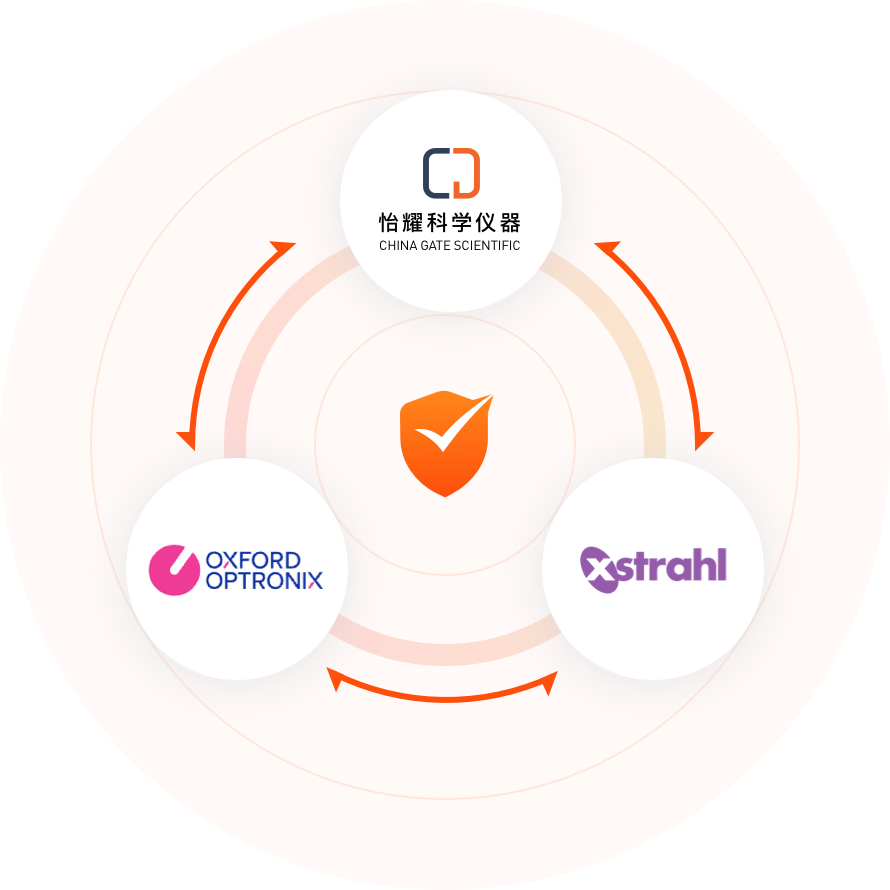
Why us?




China Gate Scientific
China Gate Scientific has more than 20 years of experience in scientific research support, providing instrumentation and solution to research charllenges. China Gate Scientific is committed to the integration of multi-faceted scientific research resources, with the goal of providing professional design, reliability and comprehensive services, ensuring that efficient and accurate experimental tools and technical support are provided for Chinese scientists.
Oxford Optronix
Oxford Optronix is a global pioneer in the design, development and manufacture of sophisticated instrumentation for the life sciences for over 30 years. Optronix has In-house product designers, scientists, technicians and engineers. To date, their products are available in more than 35 countries.
Xstrahl
Xstrahl is a medical technology company that designs clinical and research systems to help eradicate cancer. For more than 20 years, Xstrahl has been shaping the development of superficial and orthovoltage therapies for cancer treatment and advancing preclinical research. Xstrahl systems are in operation at more than 700 treatment and research facilities worldwide.
Consultant
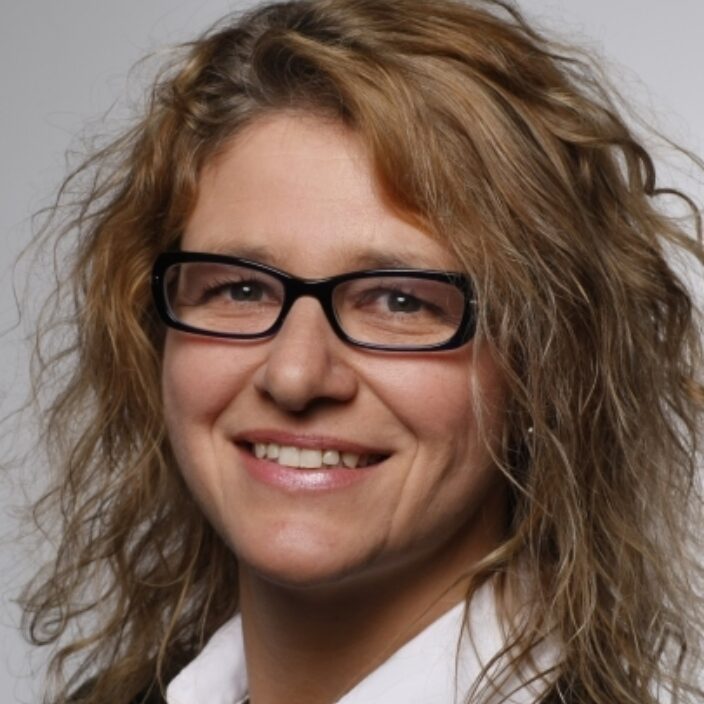
Petra is a biologist specialized in Microcirculation, Brain Injury and Brain tumor study. She is currently responsible for managing international distributor network and providing global customer support and training for Oxford Optronix.

Tim Devling obtained his Ph.D. in Cancer Medicine from the University of Dundee in the United Kingdom, and subsequently held a postdoctoral position at the University of Liverpool. He has been actively involved in research in the field of small animal in vivo imaging for a long time. Currently, he serves as the Director of the Life Sciences Division at Xstrahl, where he has overall responsibility for the Xstrahl product line, including SARRP and the latest FLASH technology.


